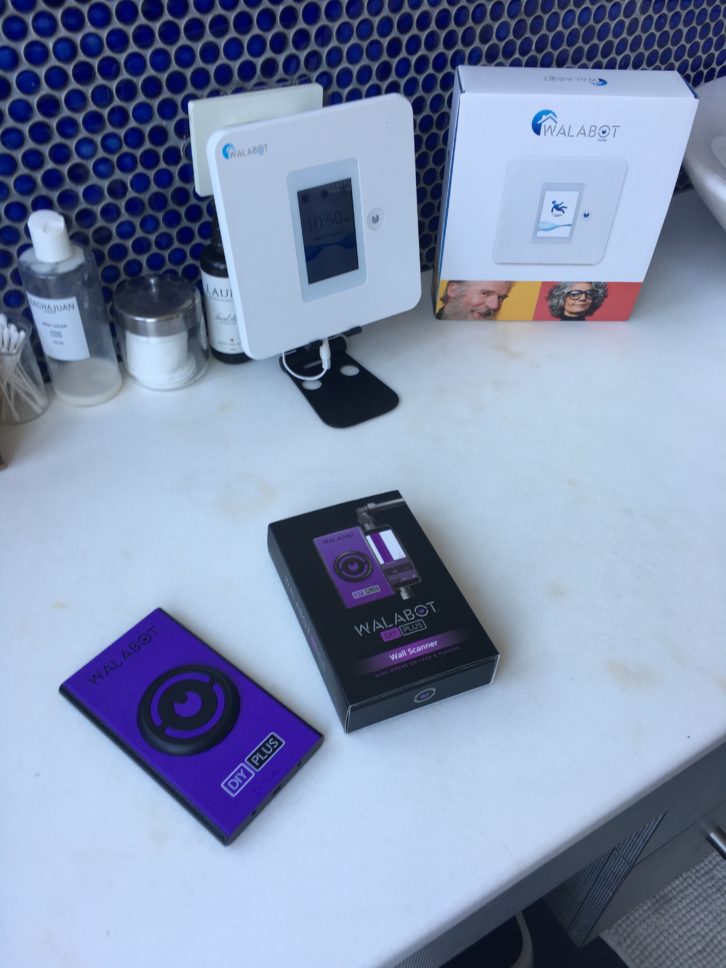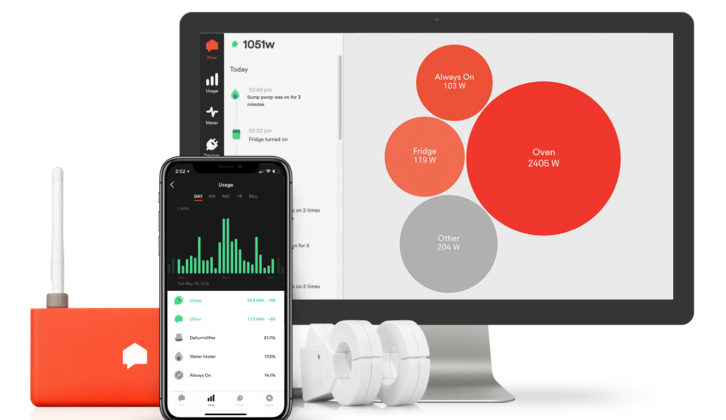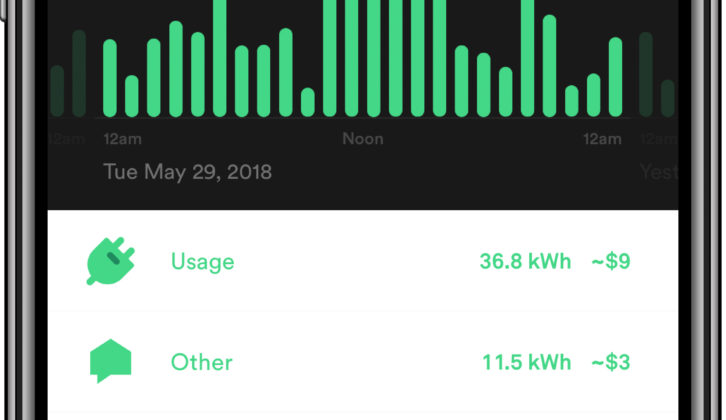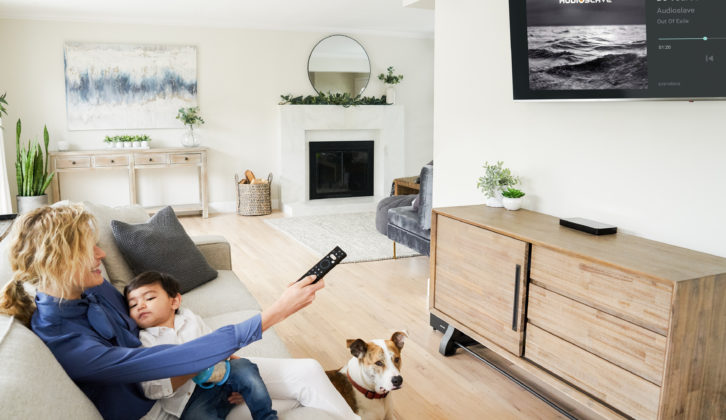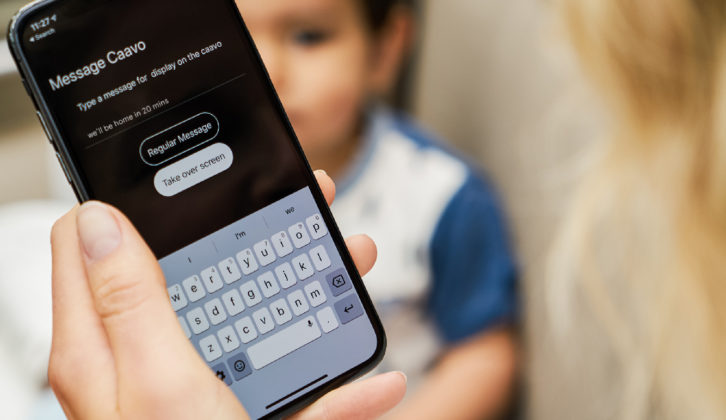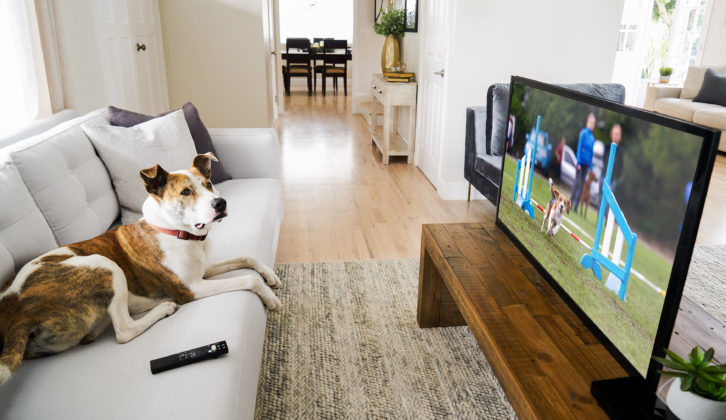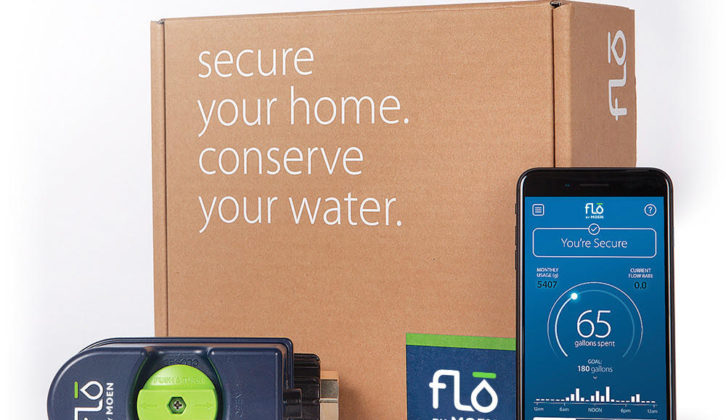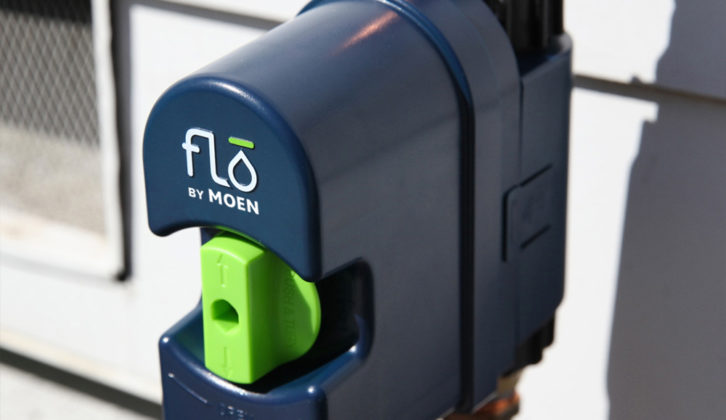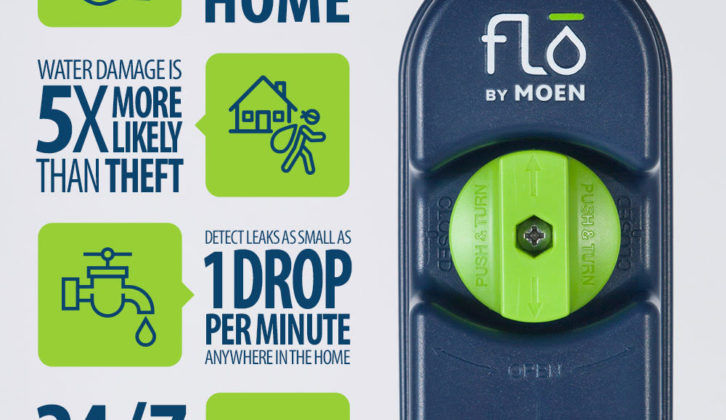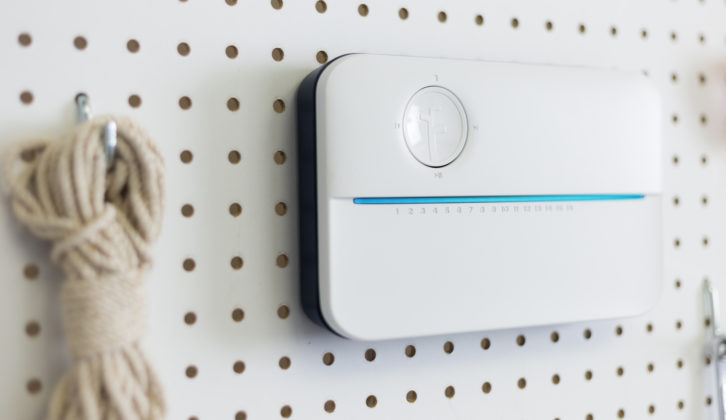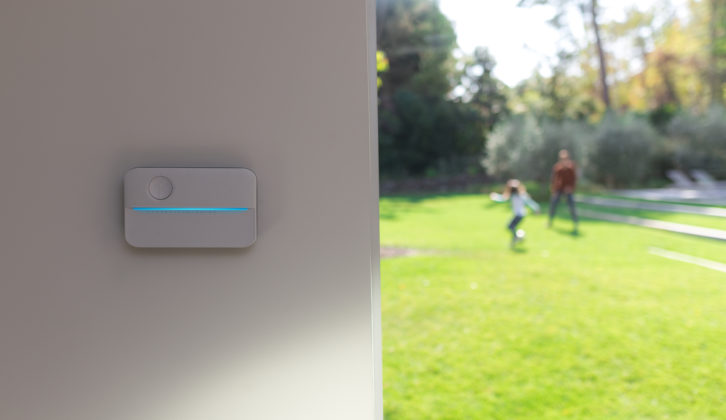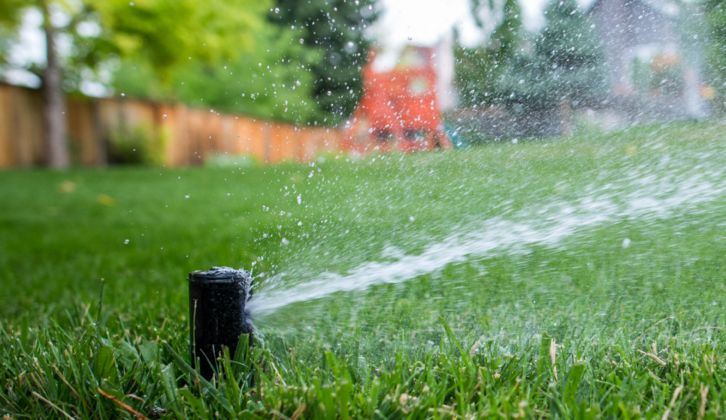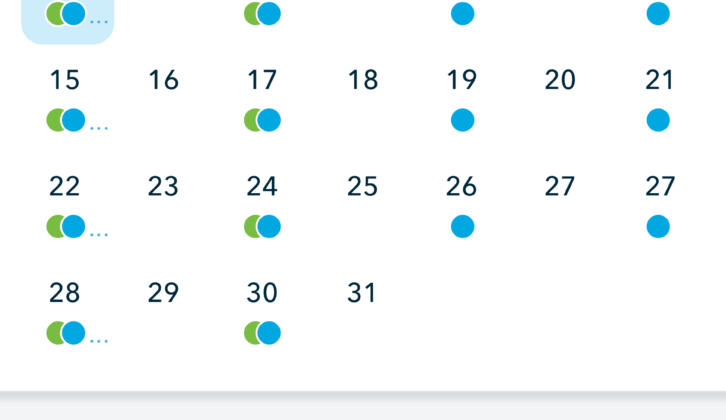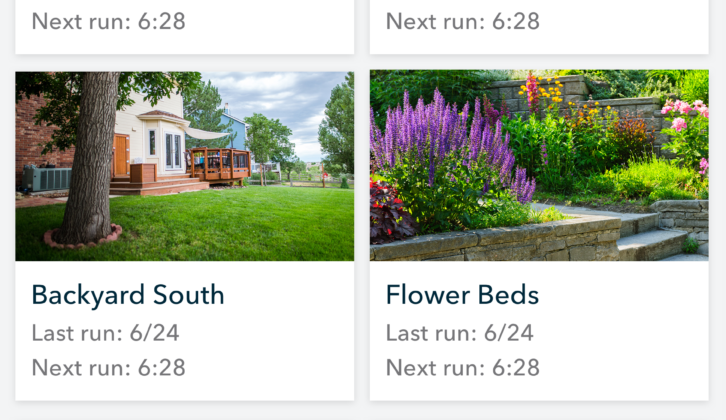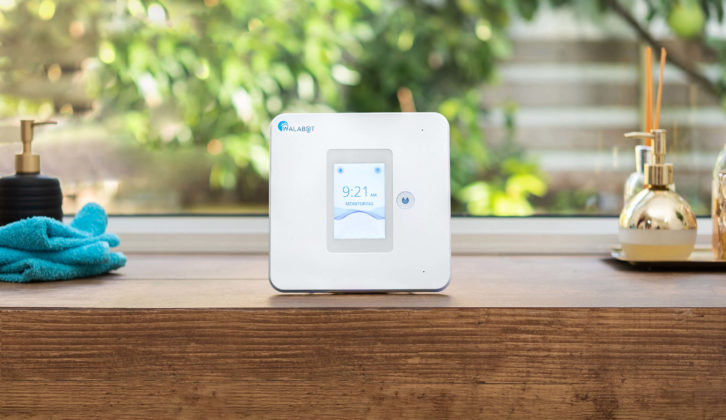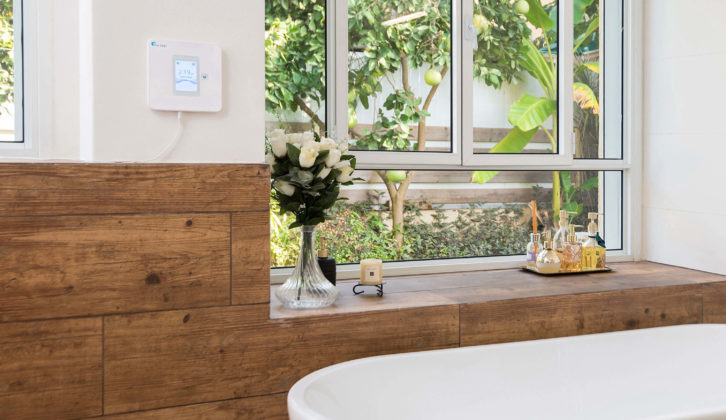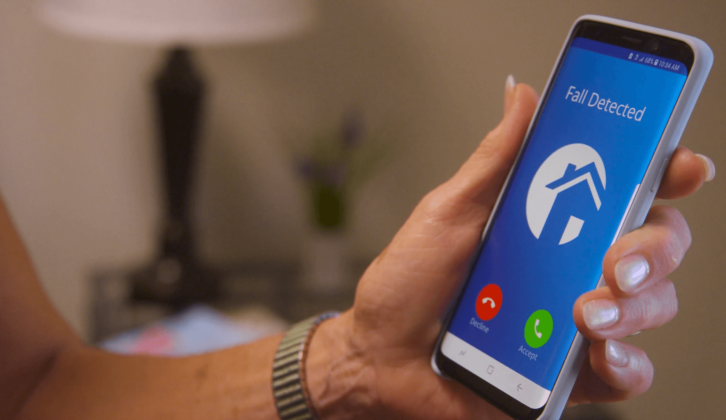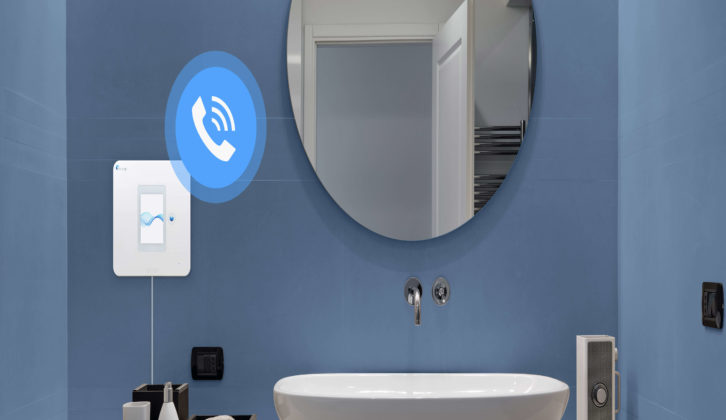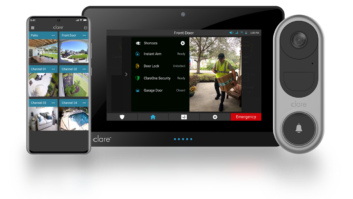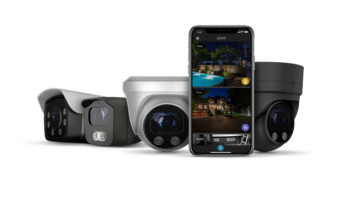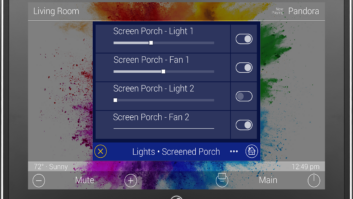Recently I was invited to a Lower East Side apartment in New York City to see a collection of smart home devices in action. Throughout the tour, I was introduced to a five fairly DIY products that were easy to install, yes, but also simply solved some problems that a custom installer could run into. Here is a run-through of the tour.
Stop #1: Sense
Sense is described by the company as “a fitness tracker for your home.” It is an intelligent energy monitor that installs in the home’s electrical panel and uses machine learning to automatically sense the electricity in the house, tracking it in real-time. If you are looking at a simple way for a client to track energy usage, Sense provides the ability to track energy use over time and can identify sources of energy waste. It has a memory, so you can see when devices were turned on and off — even check the oven once you have left the house.
As far as installation goes, Sense gets placed in the breaker box, with clamps connected to the mains. That’s it. From there, it can be accessed by iOS, Android, and web apps. Sense has a retail price of $299 and is available on Amazon and sense.com.
Stop #2: Caavo
Caavo is a control center for the TV. It features four HDMI connectors, and it will manage whatever devices are plugged into it, as well as streaming devices. Granted, most smart TVs can do that, but Caavo offers additional inputs and an easy-to-navigate user interface that will let users access all content — including their various streaming services — using only the Caavo remote.
Caavo also features a messaging system where you can post messages on other Caavo-enabled televisions in the house — even see what they are watching through a small picture-in-picture window. Messages can be typed through the Caavo remote, or sent through the Caavo smartphone app.
Caavo is integrated with Sonos, and you can use the television as a controller for a Sonos speaker. It also works with Alexa and Google voice commands.
Caavo sells for $59.95 at Best Buy, Amazon, and some Home Depots. In addition to the hardware fee, customers will also need to subscribe to the Caavo service, which keeps the software up to date and ready to handle any new content services. Pricing for the service is $3.99/month, $39.99/year, or $129/life.
Stop #3: Flo
This product is reason for “fairly DIY” disclaimer in the opening paragraph — many handy people don’t like the idea of cutting their water pipes for installation, but Flo by Moen does require that, and in exchange the homeowner gets a leak detection system that find leaks as small as one drop of water per minute.
Flo by Moen does not use moisture sensors, instead, it constantly monitors the water pressure and temperature, learning user behaviors and alerting to anomalies through its app. Once a day, and at a convenient time, it runs an entire system check, which is where it would find the minute leaks. Bigger changes in water pressure are alerted to immediately. As are a drop in the temperature, as anyone who has ever dealt with a freezing pipe will appreciate (and a good tie-in for a smart thermostat).
According to the company, water damage to U.S. homes accounts for over $9 billion in preventable insurance claims each year. Flo by Moen is what helps them be preventable.
Stop #4: Rachio
Rachio makes smart sprinkler equipment, and while the last thing you want to add to your list is irrigation, the Rachio Smart Sprinkler Gen 3 lets you save the day without even going outdoors. The Gen 3 comes in 8- or 16-zone controllers and lets you make an existing sprinkler system smart simply by removing the old box and swapping the wires with the Gen 3.
Once installed, it lets you build fixed or flex schedules, and automatically uses information from the closest weather station to determine how dry or moist the lawn is, and acts accordingly. If you use the Flex Monthly plan, it looks at weather data from the last 30 years (!) to determine the climate and predict the course of hydration. The Flex Daily plan looks at the soil conditions to make decisions.
The price for the 8-zone is $229, and the 16-zone costs $279. It is available at rachio.com, Amazon, Best Buy, and other retailers. It is Apple Home Kit enabled, and works with Google and Alexa.
Step #5: Vayyar
Vayyar had two products on display — one as an entry-level aging-in-place solution and another that let you see inside walls using an Android phone, which may not have much use for clients, but sure could come in handy on a job site.
The aging-in-place product is the Walabot, which is a square panel that can be placed pretty much anywhere that sends out radio waves to determine the placement of a person. The demo I saw had it placed in the bathroom opposite the bath tub, where the majority of falls take place. The Walabot does not have a camera, so privacy is not an issue.
When the radio waves detect a fall, the Walabot sets off an alarm, asking the room occupant to turn it off if there isn’t a problem. If they do not, then a message is sent to whomever is selected as the emergency contact. If they don’t pick up, it goes to the next person on the list, and so on.
The Walabot unit costs $149.99 and requires a $4.99/month service.
The DIY Plus also uses radio waves, but in this case it is a small unit that attaches to the back of an Android phone. When placed on a wall, the phone’s screen is used to see inside the walls and clearly see the studs — and even determine if they are made of metal or wood. The DIY Plus can show the depth of an object, trace wires within the wall, and detect movement in the case of rodents.
The DIY Plus sells for $89.95.
